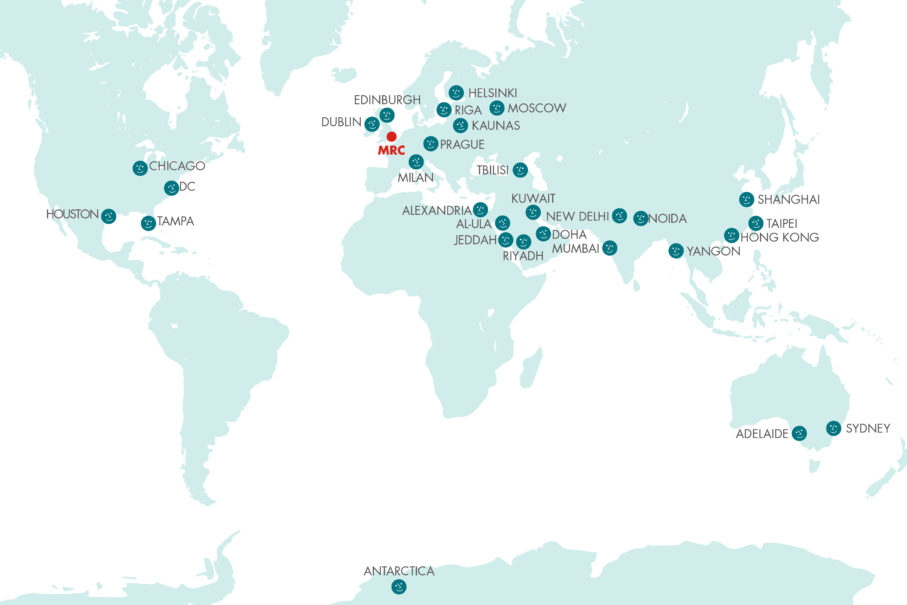
MRC's international experience
It is a debate that most clients have had – to nurture and work with home-grown talent or look more widely afield, beyond borders. Now that we know the downsides of globalisation, now that we try to shop local wherever possible and pass up those airfreighted green beans from Peru, perhaps, architecture should be local too? Is it the right thing for clients to stay national? Do architects even travel well? Ah, well at MRC, we believe otherwise – we say, shouldn’t a design competition always be international?
By holding an international competition, our clients throw open the door to fresh and innovative ways of working and thinking; to new models of urbanism, space or materiality; to solutions previously unconsidered. An international competition allows designers from around the globe to zoom into a project, bringing fresh eyes, new ideas and novel solutions.
The perfect resolution for a project may be a technology or idea that was originally developed halfway across the world. International competitions allow a client to take advantage of the world’s expertise, experimenting with different technological, sustainable and construction methods.
By opening competitions to all, it avoids commissions being awarded to the same old firms; prevents complacency and inertia in the local architectural sector. Instead, international competitions prompt innovation, experimentation and creativity as design teams from across the world compete to excel.
This friendly rivalry ultimately leads to observation, communication and collaboration as teams have the chance to be self-critical and learn from one another, resulting in interesting partnerships and reimagined concepts. International competitions ensure that a benchmark for excellence is set – and met.
Of course, it has become an article of faith that architecture should always be of, and for, its place. Designs should be unique, one-of-a-kind, irreplaceable – rather than feeling like they are mass produced or could have been intended for anywhere in the world. Some might argue that only local studios can understand the specific culture or heritage of a particular context and environment.
However, an understanding of placemaking does not only come from familiarity. Sometimes the design team that truly connects best with a project may be from the other side of the world – after all, throughout history, we have seen how exemplary architecture has translated across cultures.
An international competition, with new faces or prestigious names, will also spark public and political interest. As the global pandemic has shown, internationality is still desired and respected: the creativity of connecting with minds from different cultures is exhilarating. And, internationality increases a project’s credibility. The status and reputation of international collaborators will bring energy and esteem to a project.
Of course, with the planet in peril, one could cite the environmental cost as a reason to eschew international competitions. The world would certainly benefit from everyone travelling less. It would also be reasonable for practices to be hesitant to enter competitions outside of their own country, daunted by the amount of time, travel and risk involved in an international competition.
However, as MRC has proved over the past six months, international competitions can be run digitally – and run successfully. This new competition model cuts to the chase: the creative connection between the studio, the project and the client.
And although critics might wonder whether architects can design buildings without first visiting the site, this is not a novel concept – Jørn Utzon had never visited Sydney before he won the competition to design the Opera House. Rather, he spent weeks poring over nautical maps and photographs, and the result was a building that is now considered synonymous with its place.
Today, we are privileged to have the advanced technology that Utzon did not. In fact, many practices already work in this manner – with offices and teams stationed all over the world. Today’s architects are used to collaborating with colleagues who are often geographically dispersed, and are practised at using new techniques such as VR and drones to understand distant places.

